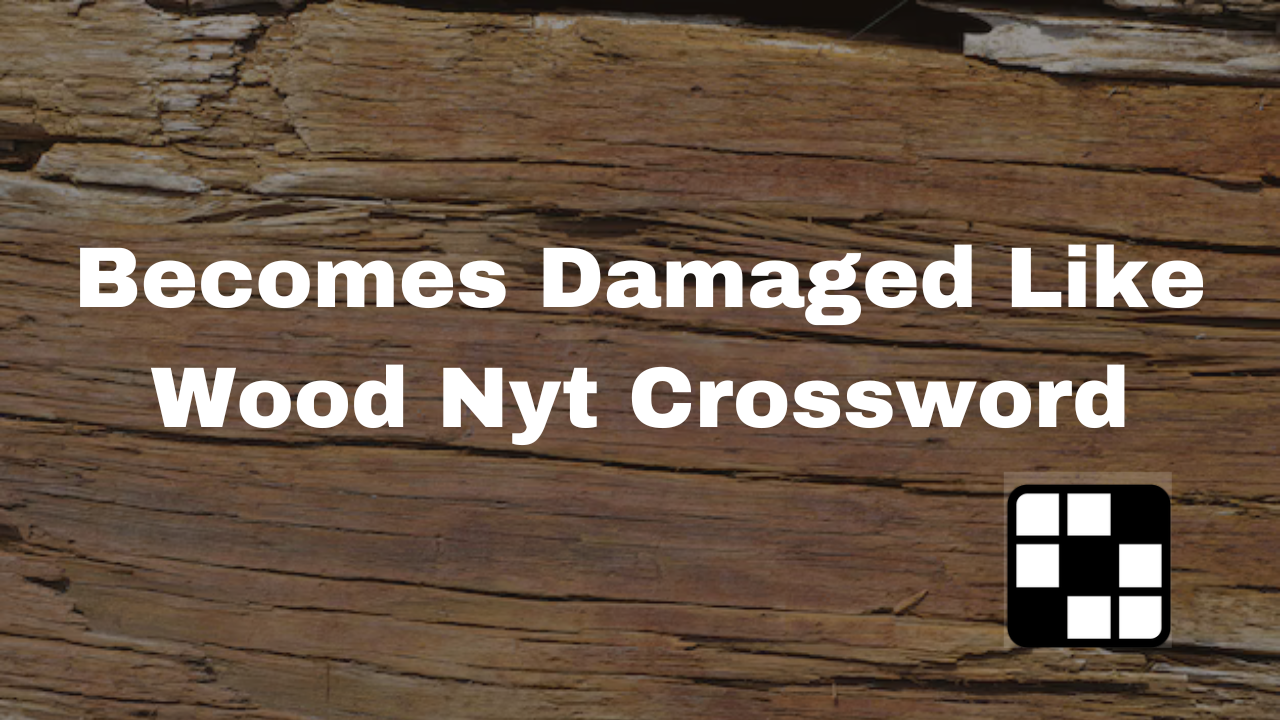Wood is a versatile and widely used material, but it is also prone to various types of damage. Knowing the causes and signs of wood damage is crucial for effective maintenance and preservation. This article delves into how materials becomes damaged like wood, covering common causes, types, signs, preventive measures, and repair methods for such damage
Common Causes of Wood Damage
Environmental Factors
Wood is sensitive to environmental conditions. Too much moisture can lead to warping, rot, and swelling. Conversely, extreme dryness can cause wood to crack and split. Temperature fluctuations also contribute to wood damage by causing expansion and contraction. For instance, outdoor wooden furniture exposed to rain and sun cycles often shows signs of warping and cracking over time.
Biological Factors
Biological agents such as fungi, insects, and bacteria, are significantly damage wood. Fungal infections like mold and mildew thrive in moist conditions and can cause decay. Insects such as termites and beetles burrow into the wood, compromising its structural integrity. For example, termite infestations can cause severe damage to wooden foundations and structures, often going unnoticed until substantial harm has occurred.
Mechanical Factors
Mechanical damage occurs due to physical forces. Heavy impacts, excessive weight, and improper handling can cause dents, cracks, and splits in wood. Over time, repeated mechanical stress can weaken the wood, leading to significant damage. For example, moving heavy furniture across wooden floors without protection can leave scratches and dents, while dropping heavy objects can cause cracks.
Types of Wood Damage
Rot and Decay
Rot and decay are among the most severe types of wood damage. They are caused by fungal growth in damp and poorly ventilated areas. There are two main kinds of rot: wet rot and dry rot. Dry rot spreads quickly and causes wood to become brittle, while wet rot keeps wood moist and spongy. For example, a poorly ventilated basement with high humidity levels can become a breeding ground for fungal growth, leading to extensive wood decay over time.
Warping and Splitting
Warping happens when wood dries unevenly, leading it to bend or twist. Splitting, on the other hand, happens when the wood fibers separate, creating cracks. Both issues affect the appearance and structural integrity of the wood. For instance, wooden doors and windows exposed to varying humidity levels can warp, making them difficult to open or close properly.
Insect Infestation
Insects like termites, carpenter ants, and wood-boring beetles can cause extensive damage to wood structures. These pests feed on wood, creating tunnels and cavities that weaken the material. Insect infestations can be difficult to detect until significant damage has occurred. For example, a small colony of termites can expand rapidly, causing widespread damage to wooden beams and supports within a few months.
Identifying Signs of Wood Damage
Visual Indicators
Several visual signs indicate wood damage. These include discoloration, mold growth, and visible cracks or splits. Peeling paint or varnish can also signify underlying issues. Regular inspections help detect these signs early. For example, if you notice dark spots or streaks on wooden surfaces, it may indicate water damage or mold growth, which should be addressed promptly to prevent further
cracks with wood filler, sanding down rough areas, and applying touch-up paint or varnish. DIY repairs are cost-effective and can extend the life of wooden items. For example, if you notice small cracks or dents in a wooden table, you can use a wood filler to fill the gaps, sand the area smooth, and then apply a matching stain or varnish to restore its appearance.
Professional Restoration
Severe wood damage often requires professional restoration. Experts possess the skills and equipment necessary to evaluate and repair significant damage. This may involve replacing damaged sections, treating wood for pests, and restoring structural integrity. Professional restoration ensures high-quality repairs and prolongs the lifespan of wooden structures. For instance, if a wooden beam in your home shows signs of significant termite damage, a professional can remove the damaged section, treat the area for pests, and replace it with new, treated wood to prevent future infestations.
Maintaining Wood Integrity
Maintaining the integrity of wood requires understanding the causes and types of damage, regularly inspecting for signs of wear, and implementing preventive measures. By properly sealing, maintaining, and repairing wood, you can preserve its beauty and functionality for years to come. Regular maintenance, early detection of damage, and timely repairs are key to extending the life of wooden structures and items.
Additional Tips for Wood Care
Environmental Control
Maintaining stable environmental conditions can greatly reduce wood damage. Use humidifiers in dry environments and dehumidifiers in moist areas to maintain optimal humidity levels. This stops the wood from expanding, warping, and contracting. For example, in a region with high humidity, placing a dehumidifier in a wooden storage area can help prevent mold growth and wood swelling.
Protective Covers
Using protective covers on outdoor wooden furniture can protect them from harsh weather conditions. UV rays from the sun can fade and weaken wood over time, while rain and snow can cause water damage. Covering furniture when not in use helps maintain its condition. For example, a durable, waterproof cover for your patio furniture can shield it from rain and UV exposure, prolonging its lifespan.
Proper Cleaning Techniques
When cleaning wood, avoid using harsh chemicals that can strip away protective finishes. Instead, use a mild soap and water solution or cleaners designed specifically for wood.. Always dry the wood thoroughly after cleaning to prevent moisture damage. For example, using a soft cloth and a gentle wood cleaner to wipe down wooden cabinets can remove dust and grime without damaging the finish.
Seasonal Checks
Conduct seasonal checks to identify and address potential wood damage early. Inspect wooden structures and items at least twice a year, focusing on areas prone to moisture exposure, such as basements and outdoor furniture. Look for signs of wear, damage, and pests, and take immediate action if any issues are found. For example, checking the condition of wooden decks and fences in the spring and fall can help you catch and repair damage caused by winter weather or summer heat.
Conclusion
Wood is a beautiful and functional material, but it requires proper care and maintenance to prevent damage. Understanding the common causes and types of wood damage, recognizing the signs early, and implementing preventive measures can help preserve the integrity of your wooden structures and items. Whether through DIY repairs or professional restoration, addressing wood damage promptly ensures the longevity and aesthetic appeal of wood in your home or outdoor spaces. By following the tips and techniques outlined in this article, you can keep your wood looking great and performing well for years to come.










